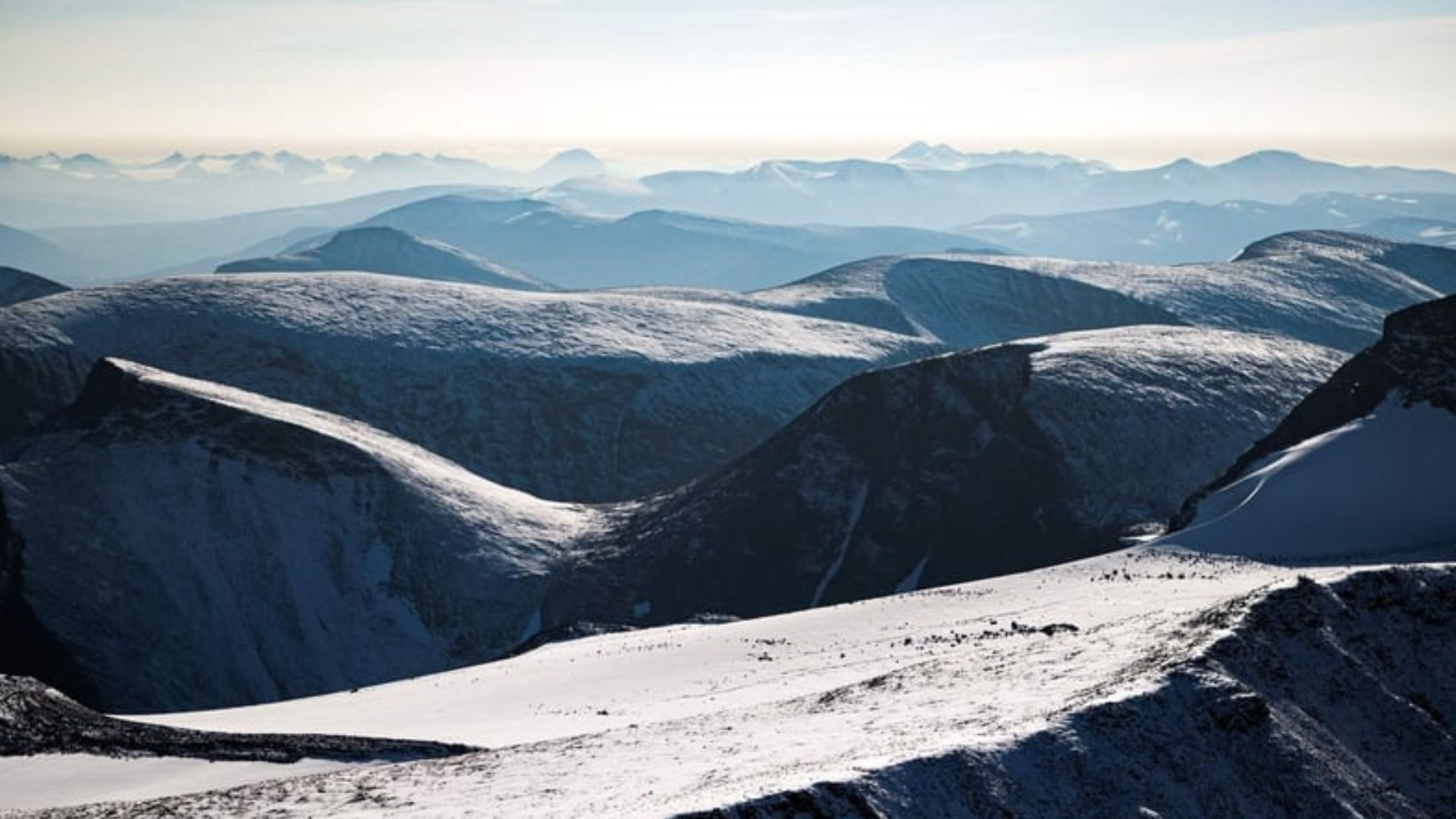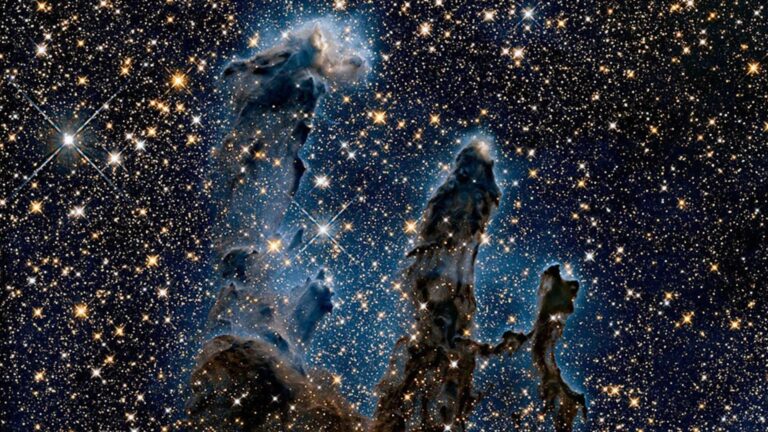
Eight of Sweden’s 277 glaciers completely disappeared in 2024, marking the first time entire glaciers have vanished since high-resolution satellite monitoring began around 2000. The unprecedented loss reflects accelerating climate change as global temperatures hit record highs.
Historic Loss Amid Record Heat
Professor Nina Kirchner, director of Stockholm University’s Tarfala Research Station and a leading glaciologist, made the discovery during annual satellite analysis. “At the beginning of 2025, when we sat down to do our 2024 update to see when the glaciers were at their smallest, we couldn’t find eight of the glaciers on the satellite images,” Kirchner told AFP. Among the vanished glaciers was Cunujokeln, Sweden’s northernmost glacier in Vadvetjakka National Park near the Norwegian border. The largest disappeared glacier covered approximately six football pitches (Space Daily).
The extinctions occurred during what the World Meteorological Organization confirmed as the hottest year on record globally, with 2024 temperatures reaching 1.55 degrees Celsius above pre-industrial levels. Kirchner noted that these extreme conditions had “eaten away at these glaciers and made them disappear,” adding that they “won’t come back in our lifetime and not if global warming continues” (RTE).
Growing Threat to Remaining Ice
An additional 30 Swedish glaciers now face extinction risk, according to Kirchner’s research. Sweden began 2024 with 277 glaciers but now counts just 269, reflecting the eight-glacier loss. While heavy winter snowfall and cooler summer temperatures may protect remaining glaciers in 2025, Kirchner warned that “there will be more warm summers and we have to be prepared for the fact that more will disappear.”
Previous research suggests that four out of five Swedish glaciers could vanish by 2100 if current emission levels persist. The Tarfala Research Station maintains the world’s longest continuous glacier monitoring program, dating to 1946, providing crucial data on Arctic climate impacts where warming occurs at twice the global average rate (BSS News).
Implications for Climate Science
The complete disappearance of these eight glaciers represents a stark milestone in climate monitoring and underscores the accelerating pace of ice loss in Arctic regions. As Sweden’s glacial inventory continues to shrink, researchers emphasize the urgent need for emission reductions to prevent further glacial extinction across Scandinavia and other vulnerable ice regions worldwide.












